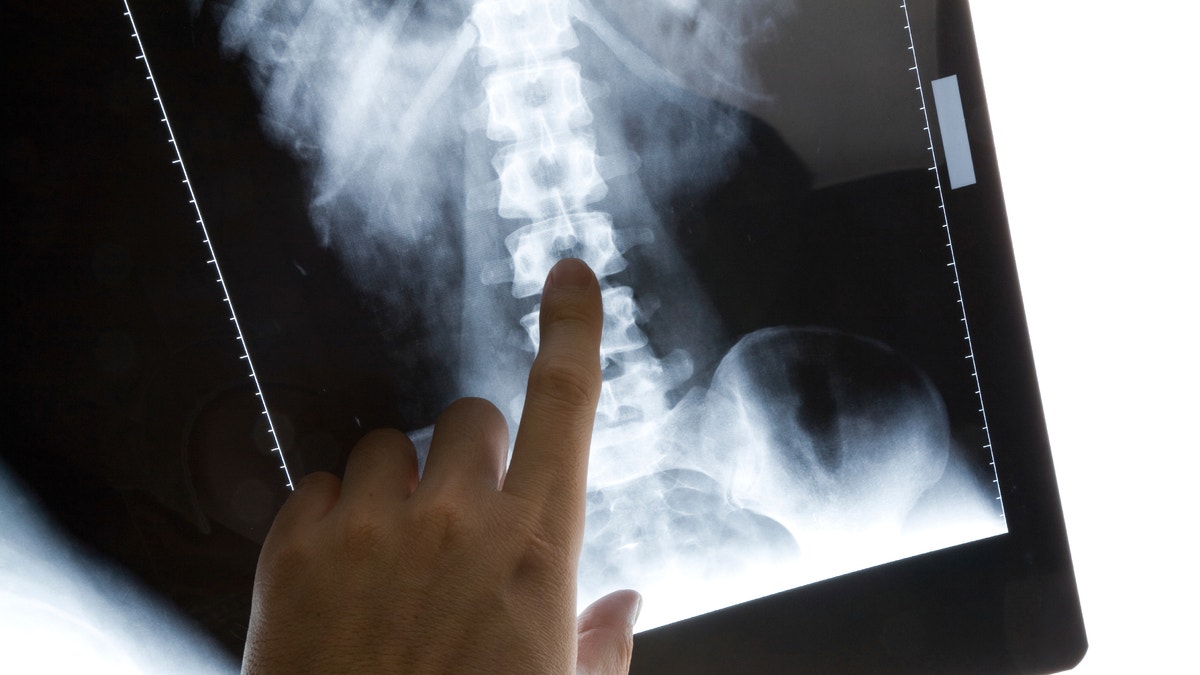
body x-ray photo for background (iStock)
Scientists have already developed devices that allow paraplegics to control the movement of some limbs with their thoughts, but inputting most of them poses risk for infection and other complications. Now, researchers in Australia say a new “bionic spine” about the size of a paperclip could be applied with minimally invasive surgery.
The Guardian reported that the technology, which measures only about an inch long and about .12 inches wide, would be implanted in three patients at the Royal Melbourne Hospital in Victoria in 2017. The device has previously been tested in sheep.
The “bionic spine” works by using electrodes that detect signals from the motor cortex and transmit them to a small device implanted in the patient’s shoulder. Those signals are then converted into commands, The Guardian reported, and fed to the bionic limbs with Bluetooth, thus commanding them to move.
Inputting the device involves making a tiny cut in the patient’s neck then feeding a catheter with bionic spine through the blood vessels that connect to the brain. That catheter extends to the top of the motor cortex, which plays a crucial role in generating nerve impulses that signal muscle movement. Surgeons remove the catheter but leave the bionic spine in place.
“This is a procedure that Royal Melbourne staff do commonly to remove blood clots,” co-principal investigator Dr. Nicholas Opie, a biomedical engineer at University of Melbourne, told The Guardian. Opie added that the surgery would take only a couple of hours.
Investigators will conduct the study on patients with lower-limb paralysis first because they stand to benefit the most from the device, Opie said.
“Before the device is implemented, we will get patients to do tasks where you can see areas light up in their brain. We might train them to move computer cursor so we’ll get a couple of different regions that become active,” he told The Guardian.
According to The Guardian, the bionic spine may also help patients with conditions such as obsessive compulsive disorder, Parkinson’s disease, and epilepsy, as the device would be planted in the same area of the brain that these conditions impact.
